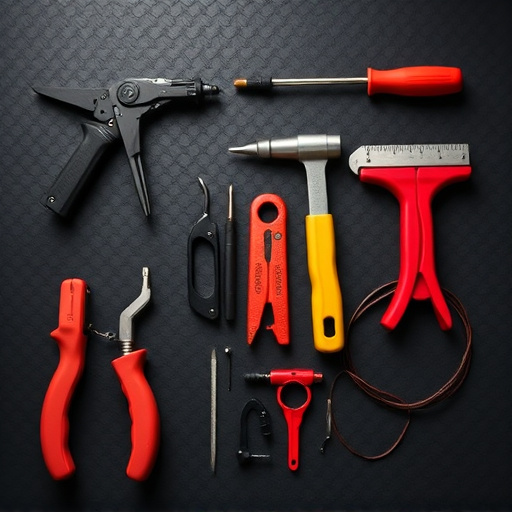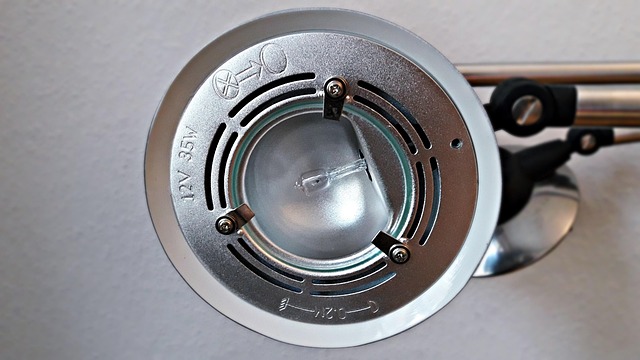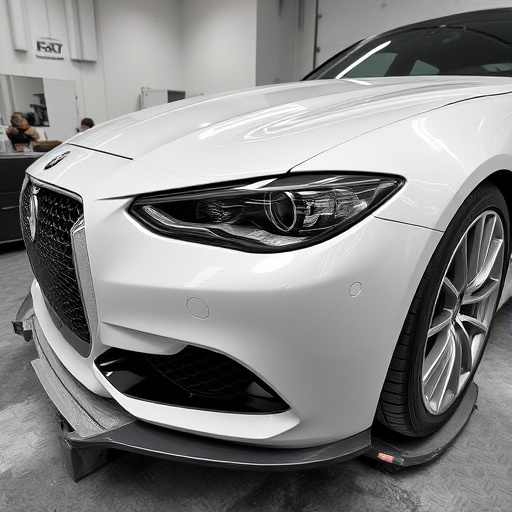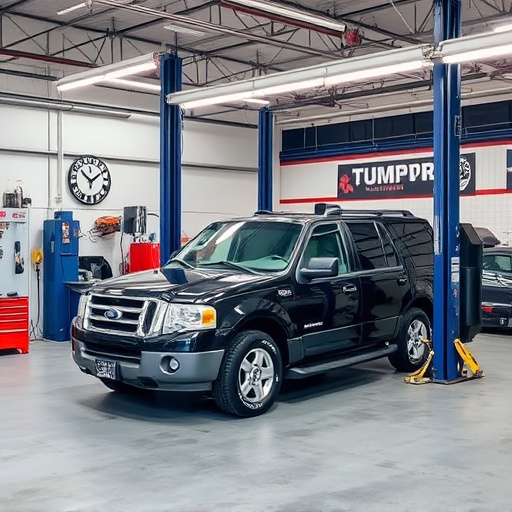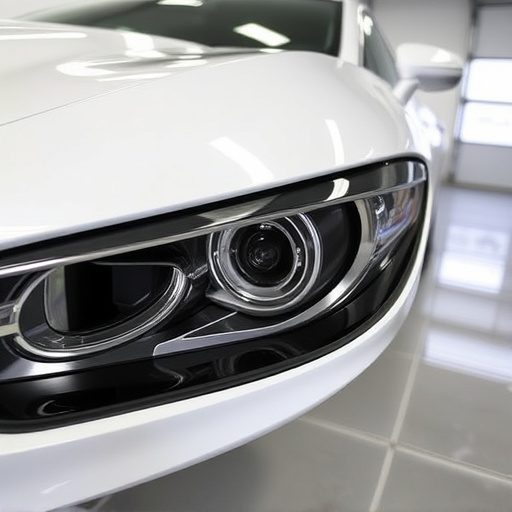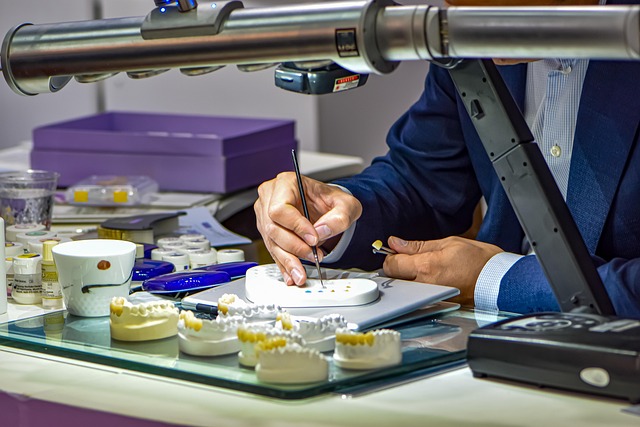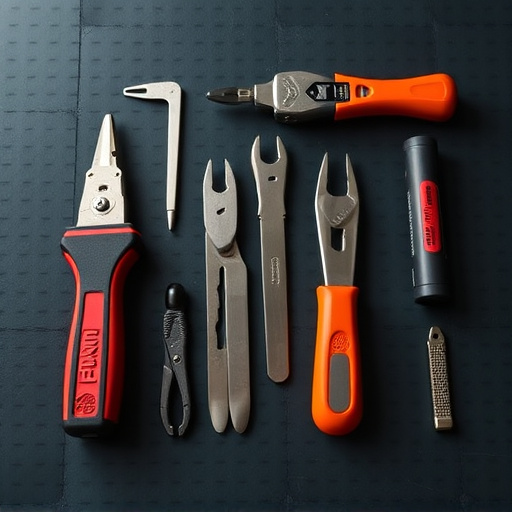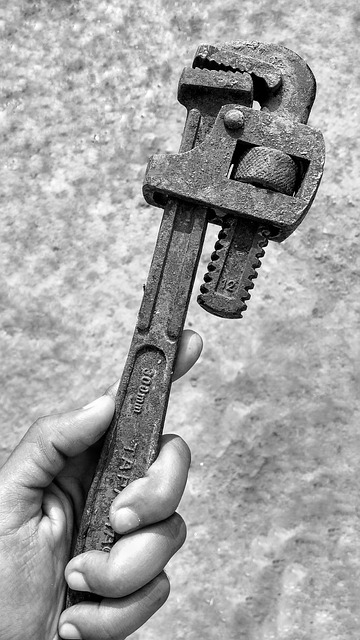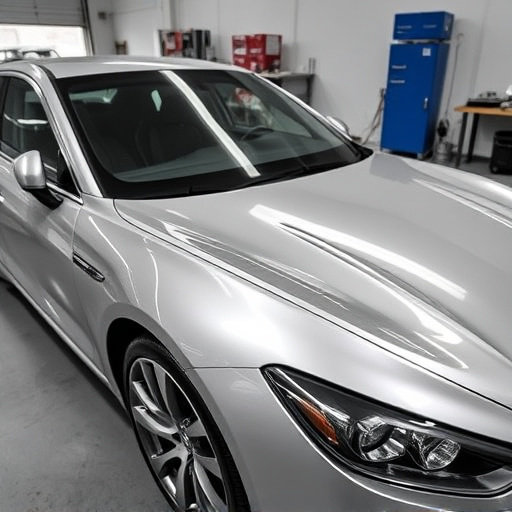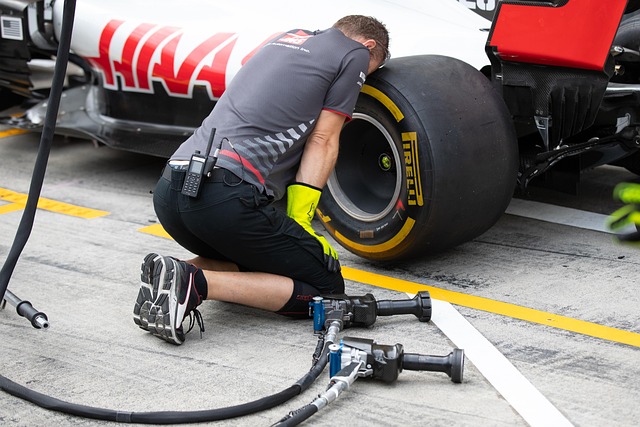In the evolving automotive industry, PDR for car dealerships remains a critical service despite advancements in electric vehicles (EVs) and autonomous driving. Paintless dent repair (PDR) offers dealerships an efficient, cost-effective, and discreet solution for collision repairs, fostering customer loyalty and enhancing reputations. Modern PDR techniques, integrated with new technologies and advanced training, deliver faster, more precise results while preserving vehicle finishes. Even with the rise of EVs and self-driving cars, traditional PDR methods remain essential for enhancing aesthetics and customer satisfaction in a competitive market.
In 2025, Paintless Dent Repair (PDR) remains an indispensable service for car dealerships. This article delves into the enduring relevance of PDR amidst evolving industry trends, from autonomous driving to electric vehicles. We explore how PDR adapts to meet modern needs, focusing on its impact on customer satisfaction and loyalty. Additionally, we analyze the cost-effectiveness and strategic advantages PDR offers dealerships, demonstrating why this service continues to be a game-changer in the competitive automotive market.
- The Enduring Relevance of PDR in the Evolving Car Industry
- – Exploring how PDR (Paintless Dent Repair) adapts to new trends and technologies in car dealerships.
- – Discussing the continued need for efficient, cost-effective damage repair solutions despite advancements in autonomous driving and electric vehicles.
The Enduring Relevance of PDR in the Evolving Car Industry

In the ever-evolving automotive industry, where electric vehicles (EVs) and autonomous driving are shaping the future, one practice remains steadfastly relevant: PDR for car dealerships, or paintless dent repair. Despite advancements in technology and the rise of alternative repair methods, PDR continues to be a game-changer for dealerships looking to enhance their services and customer satisfaction.
The need for efficient, cost-effective, and visually discreet vehicle collision repairs, such as those offered by auto collision centers specializing in paintless dent repair, is more pertinent than ever. With PDR, dealers can provide quick turnarounds without compromising on the quality of repairs, ensuring vehicles are back on the road in no time. This not only boosts customer loyalty but also maintains the dealership’s reputation for top-notch service, even as the industry navigates new challenges and opportunities in 2025 and beyond.
– Exploring how PDR (Paintless Dent Repair) adapts to new trends and technologies in car dealerships.

The automotive industry’s relentless march forward has brought about significant changes, but PDR for car dealerships remains a cornerstone service in 2025. Paintless dent repair (PDR) is no longer just about removing minor dents; it has evolved to embrace new trends and technologies. Car dealerships are increasingly integrating advanced tools and training into their PDR processes, enabling faster, more precise repairs that enhance customer satisfaction.
Modern car owners expect convenience and efficiency, leading dealerships to offer PDR as a value-added service. This non-invasive vehicle collision repair method not only conserves time but also preserves the original factory finish. With cutting-edge equipment and expert technicians, car dealerships can provide high-quality paintless dent repair services, keeping up with the ever-changing demands of the market while ensuring their customers drive away with pristine vehicles.
– Discussing the continued need for efficient, cost-effective damage repair solutions despite advancements in autonomous driving and electric vehicles.
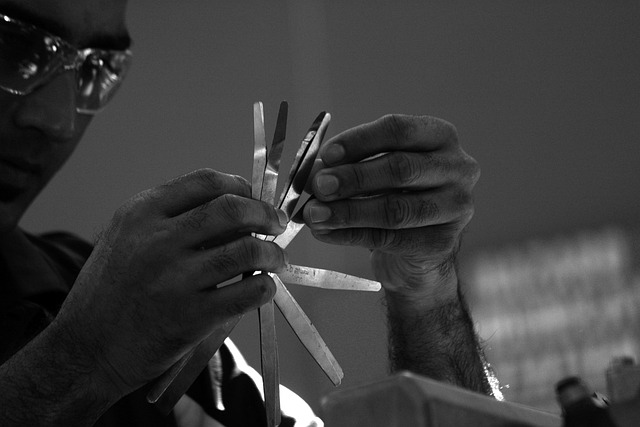
Despite the ongoing revolution in automotive technology with advancements in autonomous driving and electric vehicles, the need for efficient and cost-effective PDR for car dealerships remains paramount. While self-driving cars promise to transform road safety and efficiency, they do not negate the fact that vehicles still require regular maintenance and repair, especially for minor damages like scratches and dents. In fact, as these technologies mature, the average driver may be more inclined to own and operate a vehicle for an extended period, increasing the likelihood of encountering such issues.
Furthermore, while electric vehicles (EVs) are gaining popularity for their environmental benefits, they still face challenges related to vehicle repair services, particularly in terms of specialized car paint services and repair techniques. Traditional methods of damage restoration, like PDR, remain valuable for their ability to preserve the original factory finish, enhance vehicle aesthetics, and ultimately, increase customer satisfaction and loyalty—a critical factor in a competitive car dealership landscape.
Despite technological leaps in autonomous driving and electric vehicle adoption, PDR for car dealerships remains a vital service in 2025. Its enduring relevance lies in its ability to provide efficient, cost-effective damage repair solutions that cater to the ever-present need for quick turnaround times and minimal disruption to customers’ schedules. As car dealerships navigate an ever-changing landscape, investing in PDR technology ensures they can deliver superior customer experiences while maintaining competitive edge.
